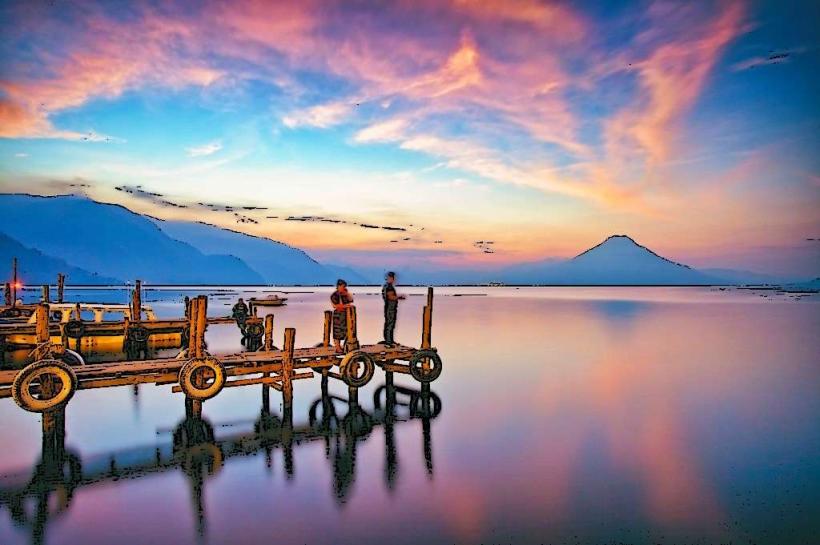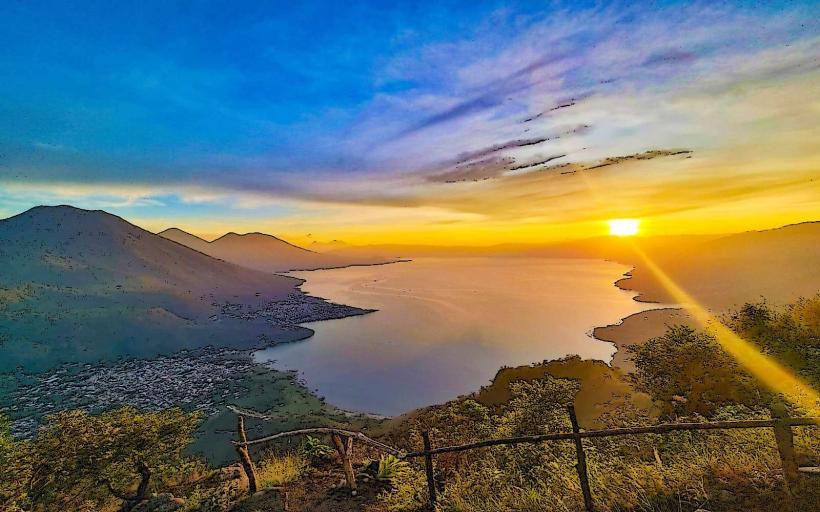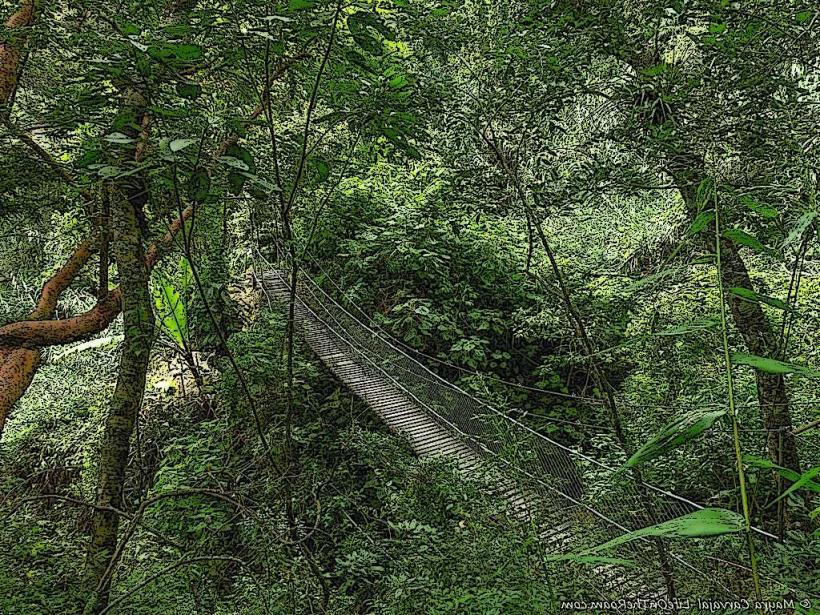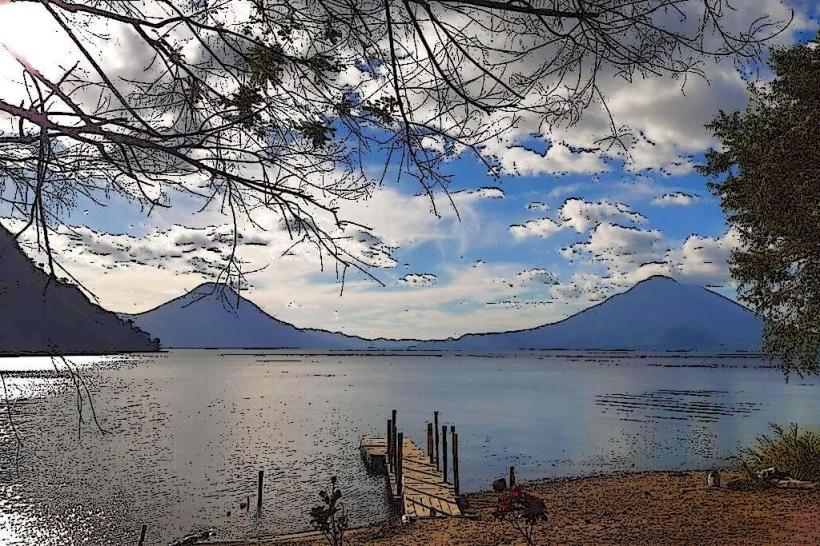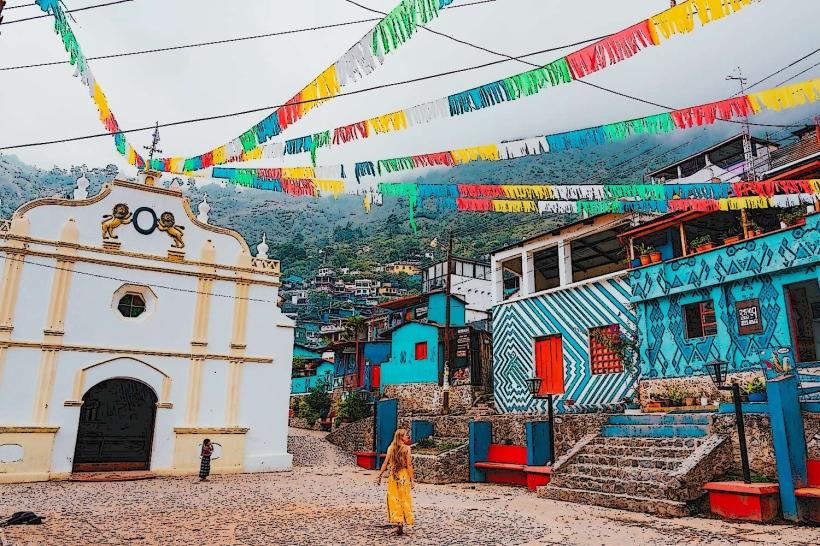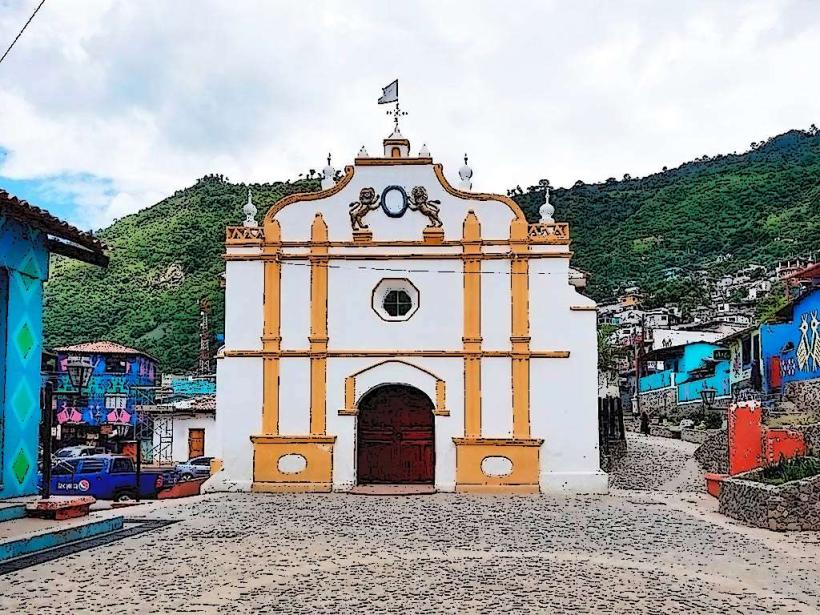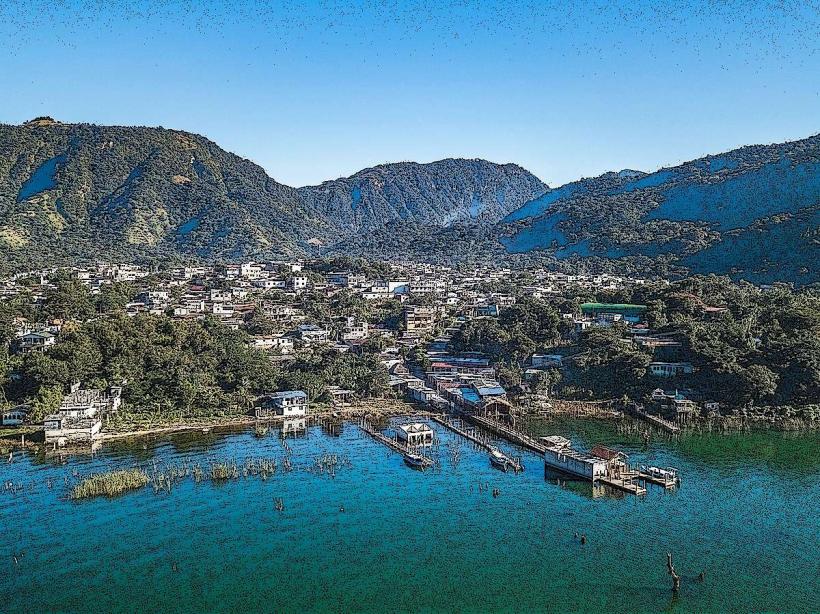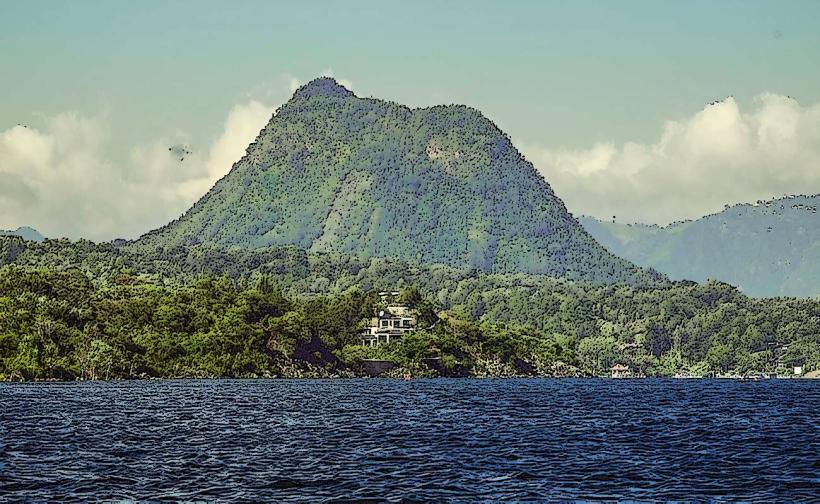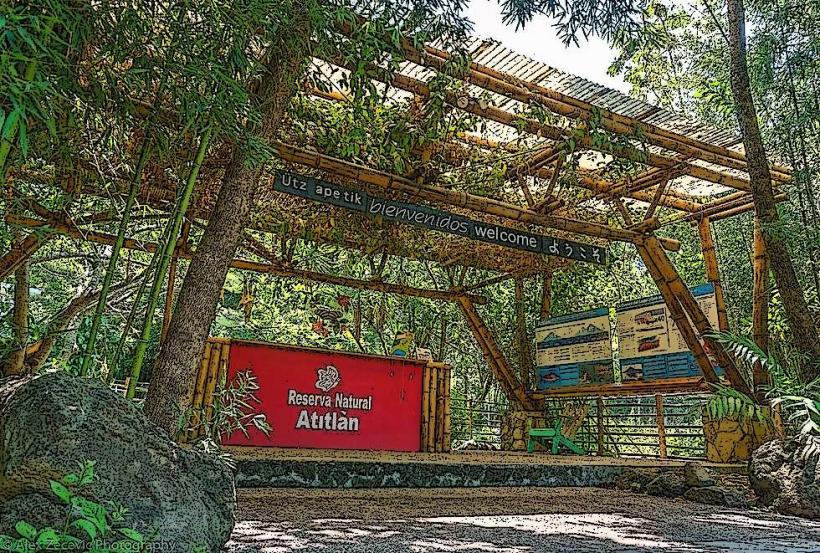Information
Landmark: Museo Lacustre AtitlánCity: Panajachel
Country: Guatemala
Continent: North America
Museo Lacustre Atitlán, Panajachel, Guatemala, North America
Overview
Museo Lacustre Atitlán, or the Atitlán Lake Museum, is a modest but captivating spot in Panajachel, Guatemala, where you can step inside and behold artifacts that still smell faintly of the lake’s damp wood, besides it explores the history, archaeology, and geology of Lake Atitlán, with a sharp focus on Samabaj-the lost Mayan city found resting under the lake’s shimmering blue surface.Step inside the museum and you’ll get a rare glimpse into the ancient civilizations that once flourished along Lake Atitlán’s shores, with clay pots, detailed scale models, and discoveries pulled from the lake’s depths, moreover travelers with a love for Maya history, striking rock formations, and the region’s rich traditions will find it a memorable stop, where carved stones seem to whisper stories from centuries past.A few standout moments from Museo Lacustre Atitlán include peering at ancient pottery still dusted with the lake’s fine gray silt, to boot in the 1990s, divers exploring the clear depths of Lake Atitlán uncovered Samabaj, a long-lost Mayan city resting silently on the lakebed-one of the most thrilling finds in the lake’s history.Over 1,700 years ago, rising waters-likely from volcanic upheaval or shifting earth-swallowed Samabaj, once a vital Maya ceremonial hub, as well as in the museum, you can study shimmering underwater photos, detailed maps, and lifelike 3D models of its ruins.Ceramic bowls still etched with soot, intricate stone carvings, and worn tools lifted from the lakebed bring the past close, at the same time the whole exhibit offers a rare window into a submerged world often called the “Mayan Atlantis.”At the Museo Lacustre, the Geological History of Lake Atitlán explores how the lake took shape within a vast volcanic caldera, born in an eruption more than 80,000 years ago when ash still hung in the air.Interactive displays bring the lake’s volcanic origins to life, tracing the story of San Pedro, Atitlán, and Tolimán with vivid maps and glowing topography, then visitors can dig into how earthquakes, landslides, and shifting water levels have shaped the region over hundreds of years.The museum also shares recent research on the lake’s ecosystem and the challenges it faces, from polluted shorelines to ongoing conservation work, also in another gallery, shelves hold pottery from pre-Columbian days, sharp obsidian blades once used for hunting, delicate jewelry worn centuries ago, and stone carvings etched with intricate patterns.Together, these artifacts open a window onto the daily life, spiritual traditions, and far-reaching trade of the Maya communities that once thrived along Lake Atitlán, in addition number four stood alone, a tiny black mark on the page.For the Maya, Lake Atitlán has always been sacred, its glassy waters cradled by volcanoes and steep green hills, meanwhile at Museo Lacustre, you’ll discover how the lake once held deep spiritual meaning in Maya mythology, learn how today’s Maya communities keep their traditions alive, and trace links between Samabaj and other sites scattered along the shore, gaining a clearer sense of how ancient beliefs still shape daily life in the region, more or less As you can see, Curious about Museo Lacustre Atitlán, after that step inside to uncover the story of Samabaj, a Mayan city now sleeping beneath the lake’s surface, and trace Lake Atitlán’s volcanic origins.You’ll spot weathered stone carvings, hear about ancient traditions, and help support local efforts to protect the area’s history and environment, moreover conveniently located in Panajachel near the Atitlán Nature Reserve, it’s an easy stop-plan for 30 minutes to an hour, especially in the quieter morning hours, under certain circumstances A tiny entrance fee may apply, and anytime’s a good time to visit this hidden gem for history and archaeology lovers, equally important centered on the lost Mayan city of Samabaj, the lake’s shifting geological past, and intricate Maya artifacts, it stands out as one of Lake Atitlán’s rarest cultural treasures-like glimpsing carved stone under clear, rippling water.If you’re in Panajachel, take the time to visit-you’ll come away with a richer sense of this mystical land and its centuries-historic history, like the echo of drums drifting across the lake.
Author: Tourist Landmarks
Date: 2025-09-14

